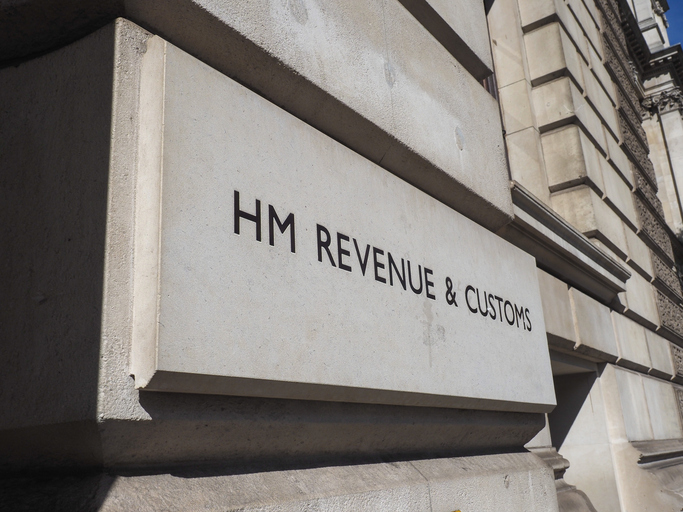Super Lawyers: Protecting the Insider
Times have changed for whistleblowers. Once dismissed as troublemakers who threaten jobs and industries, today’s whistleblowers are more often seen as people of conscience who risk career and reputation to expose corporate and government incompetence or corruption. Witness Time magazine naming three whistleblowers—who called out Enron, Worldcom and the FBI—its Persons of the Year for 2002.
Still, the court of public opinion is very different from a court of law. Whistleblower law, with its short 25-year history, is still a new phenomenon. The law is wrought with loopholes, inconsistencies and entire classes of employees with few protections. Attorneys like Stephen M. Kohn, John R. Phillips, Mark Zaid and Debra Katz are working to change that.
Stephen Kohn: Shaping the law
Stephen Kohn was a law student when, during an internship with the Government Accountability Project (GAP), he was asked to determine how to defend whistleblowers at the Comanche Peak nuclear power plant in Texas. It was 1982 and whistleblowing was still an obscure concept and certainly not a recognized area of law. In his research, however, Kohn found that whistleblower protections did exist. Over the previous 10 years, Congress had enacted seven whistleblower laws, one of which covered atomic energy, but all of which had rarely if ever been used. Indeed, when he tried to determine what actions were protected based on case history, he hit a roadblock. There was no case history.
So Kohn wrote it himself. In 1985, after graduating from law school and being hired by GAP, he dug through unpublished decisions that were only available in the offices of the Department of Labor, and wrote what would be the first legal treatise on whistleblowing: Protecting Environmental and Nuclear Whistleblowers: A Litigation Manual. “We collected a body of decisions better than anybody else had and used those to hammer out what in fact were the case precedents interpreting these seven, very early whistleblower laws,” he says.
Kohn started training colleagues on how to use this fledgling area of the law, and, in 1988, he co-founded the National Whistleblower Center and started his own firm, Kohn, Kohn & Colapinto. While the Center focused on advocacy and education, Kohn set precedent. In Sanjour v. EPA, the U.S. Court of Appeals for D.C. ruled that William Sanjour, an EPA employee, had the right to speak before environmental community groups and expose wrongdoing. As part of its decision, the court ordered a nationwide injunction upholding the First Amendment rights of federal employees to criticize their agencies, especially in regard to environmental violations.
Kohn also represented the country’s first successful national security whistleblower, Frederic Whitehurst, who exposed falsified reports and evidence contamination at the FBI crime lab. As a result, the FBI was not only forced to pay Whitehurst more than $1 million and allow him to go on national TV with his revelations, it was subjected to outside oversight for the first time in its history. The case spurred an executive order by President Clinton that established whistleblower protections for FBI employees.
As Kohn became one of the nation’s leading experts in whistleblower law, he quickly learned that the most demonstrably effective cases were those brought under the False Claims Act. For that, he had John Phillips to thank.
Latest News & Insights
October 16, 2024




